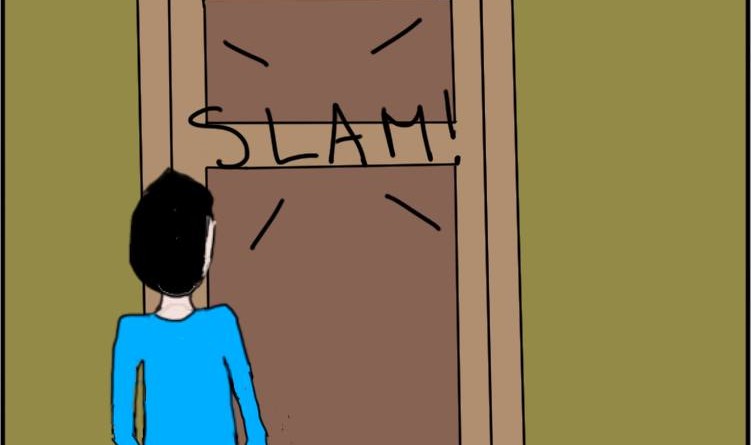Blue Mountain / Birch Cove Lakes Presentation “Public Meeting” a Complete Train Wreck
The “Presentation” of Justice Heather Robertson’s report on the Blue Mountain/Birch Cove Lakes Park Proposal came to a screeching halt at a bizarre meeting held in the tiny meeting room at the Lacewood Future Inn this evening.
Hundreds of people showed up for the meeting, held in a room that had a maximum capacity for 120.
The 35-minute meeting, surely the shortest and most deranged Municipal meeting I’ve ever attended, saw Justice Robertson attempt to justify her report, while a City solicitor added some technical details, before a developer sputtered through a plan to disembowel the proposed park.
The chair repeated that questions from the public were not to be taken. The public, which spilled out into the hallway and the lobby of the hotel, had plenty of questions anyway. Once those questions started flying, the ‘presenters’ simply gave up. They decided to cut and run, and the meeting was over, leaving a tsunami of hostility washing over the proceedings.
Holding a short meeting in an inadequate space is Bad Governance 101. There entire proceeding was an embarrassment – as one City councillor told me, it was as if Justice Roberstson had gone rogue, not understanding the process she had been brought into.
The mood of the crowd was ugly at times. When Justice Robertson said at one point that this review could be a three to five year process, for example, and that there would be a great deal more more public consultation, I heard a person squeezed into the hallway near me say, “bullshit,” and another person followed up with “how much are they paying you?” At other times, it was hard to make out anything she or the other speakers said because of the boos that drowned out their remarks.
Halifax’s rampant over-development has reached a new level of madness, and the citizenry is on the verge of revolt. In the old days, pitchforks and burning torches would have no doubt been seen.
Citizens can make comments on Justice Robertson’s report and the developer’s proposals on the Blue Mountain/Birch Cove Lakes Park plans until July 4th, 2016 at clerks@halifax.ca, or by fax or mail, although at this point, with a feeling that the entire deal is a fait accompli, one wonders if anyone in power will really listen.
Read more





























